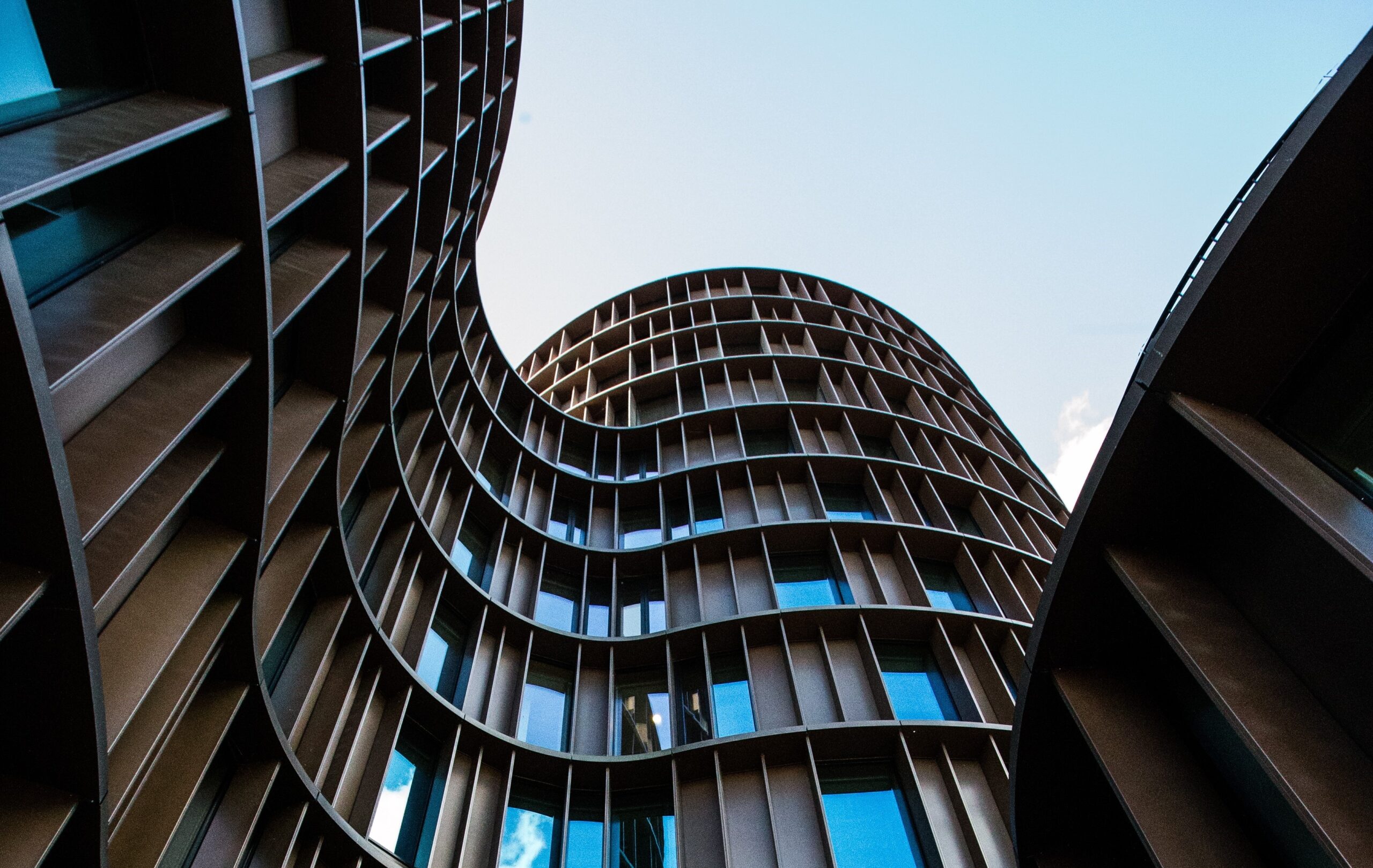
Evolution of Contemporary Building Facades in Modern Architecture
Evolution of Contemporary Building Facades in Modern Architecture
Modern architecture has evolved dramatically, giving rise to innovative building facades that redefine urban landscapes
Today, architects employ cutting-edge materials and design principles to create captivating and functional exteriors. This article delves into the world of modern building facades, exploring their significance, design elements, sustainability aspects, and future trends.
The Significance of Modern Facades
Modern building facades are more than just aesthetic additions – they play a crucial role in defining a structure’s identity and functionality. Facades, such as a glass facade system, serve as the first impression of a building so they are an integral part of urban design. Beyond aesthetics, they impact energy efficiency, occupant comfort and environmental sustainability. In today’s architecture, facades are multifaceted elements that combine style, technology, and purpose.
Innovative Design Elements
Modern building facades showcase a plethora of innovative design elements. Architects incorporate sustainable materials, dynamic shapes, and advanced technologies to create visually striking exteriors. Glass curtain walls, for instance, offer transparency and a seamless connection to the surrounding environment. Additionally, kinetic facades featuring moving parts or adaptable shading systems provide dynamic aesthetics while enhancing energy efficiency.
Sustainability in Facade Design
Sustainability is a fundamental consideration in modern facade design. Architects employ green building practices by incorporating features like solar panels, green roofs, and passive design principles into facade systems. These sustainable elements not only reduce a building’s carbon footprint but also contribute to energy savings and occupant well-being. The integration of plantings and natural ventilation systems further emphasizes the harmony between architecture and nature.
Future Trends in Facade Innovation
The world of modern building facades continues to evolve rapidly. As architects push the boundaries of design and technology, several future trends emerge. “Smart” facades equipped with sensors and responsive systems will become more prevalent, adapting to weather conditions and occupant needs in real time. Biomimicry, drawing inspiration from natural structures and processes, will lead to facades that mimic the efficiency and resilience of biological systems.
Conclusion
Modern building facades are at the forefront of architectural innovation, combining aesthetic appeal, functionality, and sustainability. They define a building’s character, serving as both a visual statement and a technological solution. The integration of innovative design elements and sustainable practices ensures that these facades are not only visually captivating but also environmentally responsible.
As the architecture of today continues to push boundaries, we can expect even more remarkable facades that shape our cities and redefine our urban experiences. The future holds exciting possibilities as modern building facades continue to evolve, making a lasting impact on the world of architecture and the cities we inhabit.






